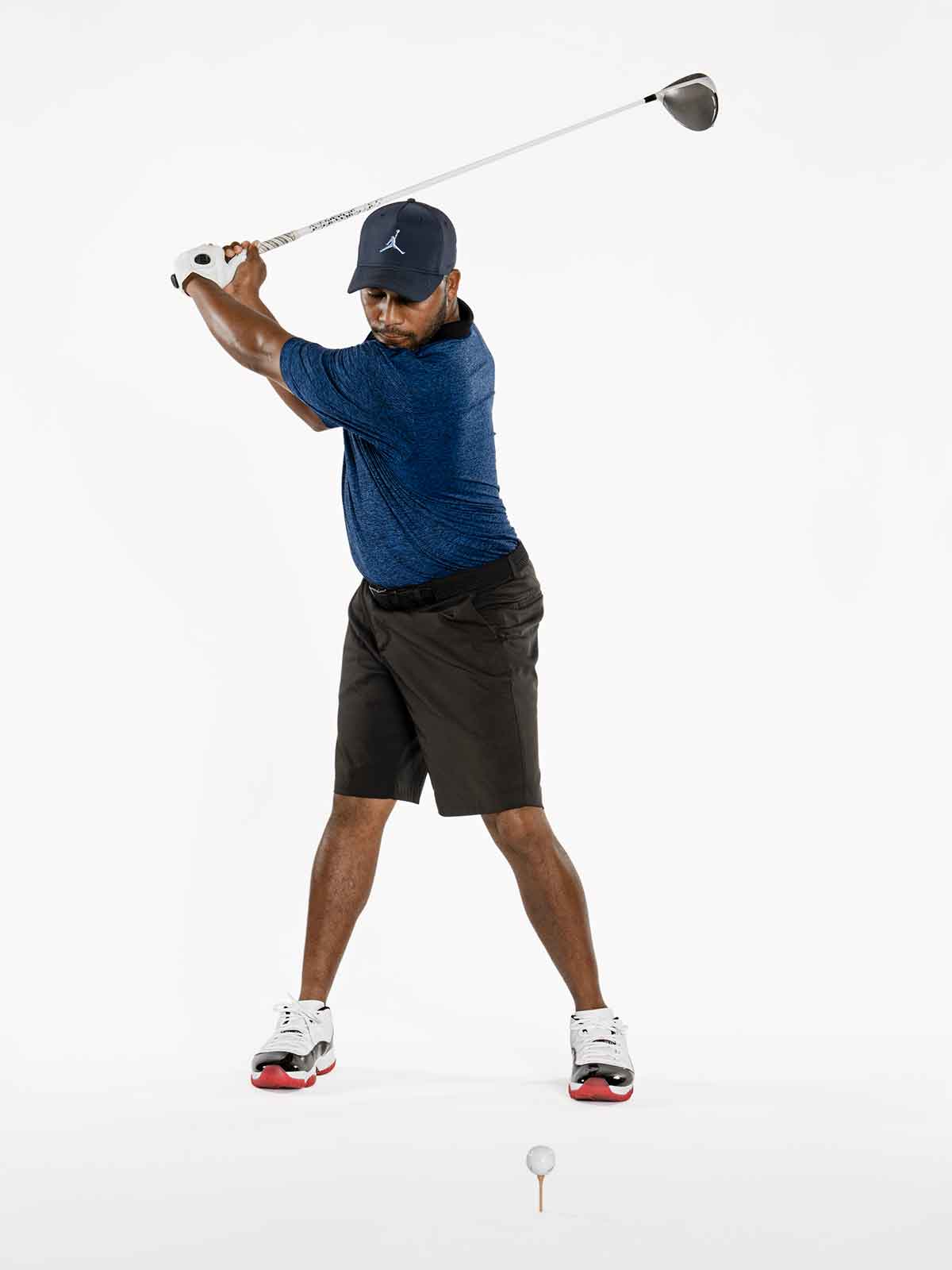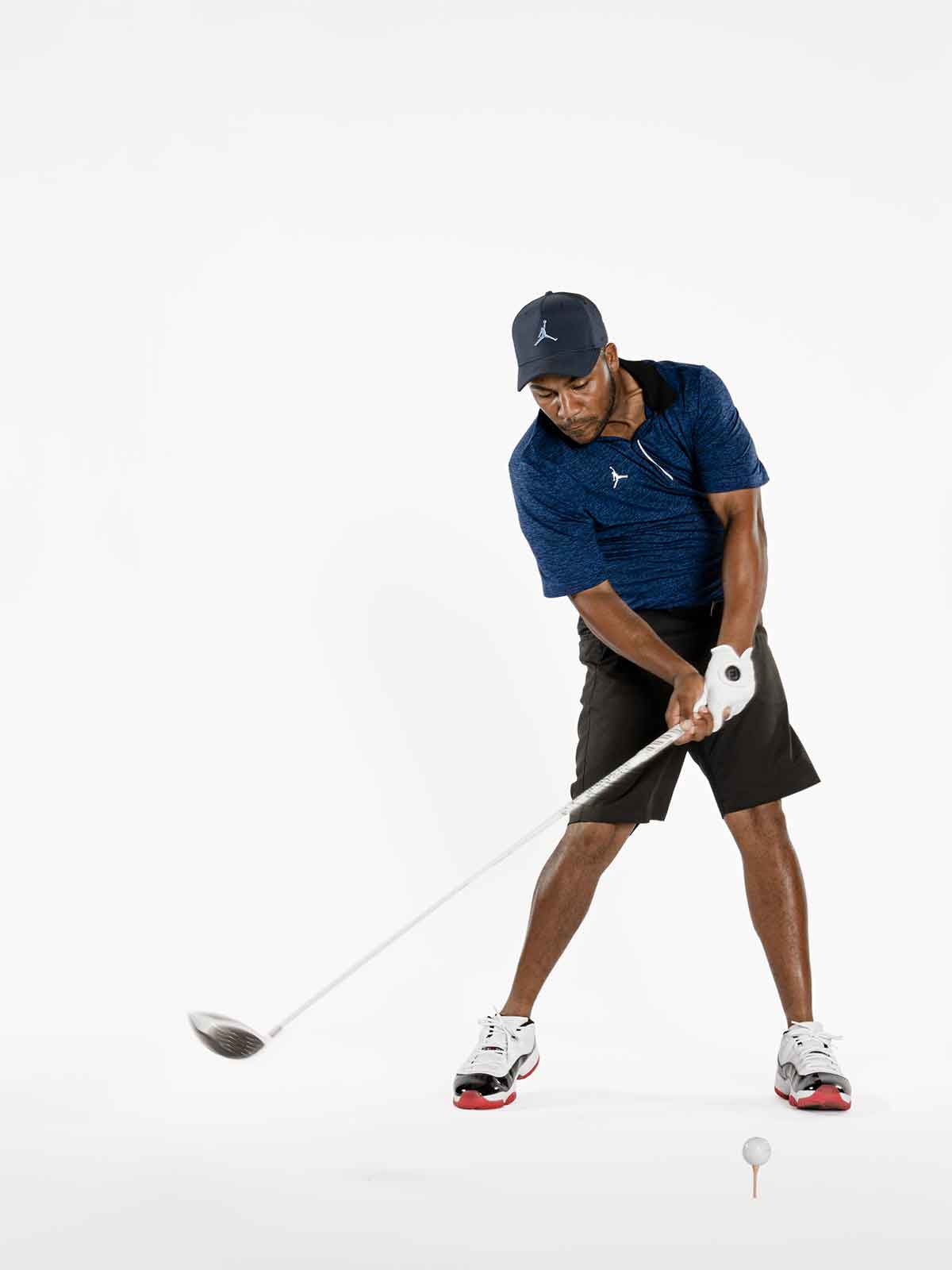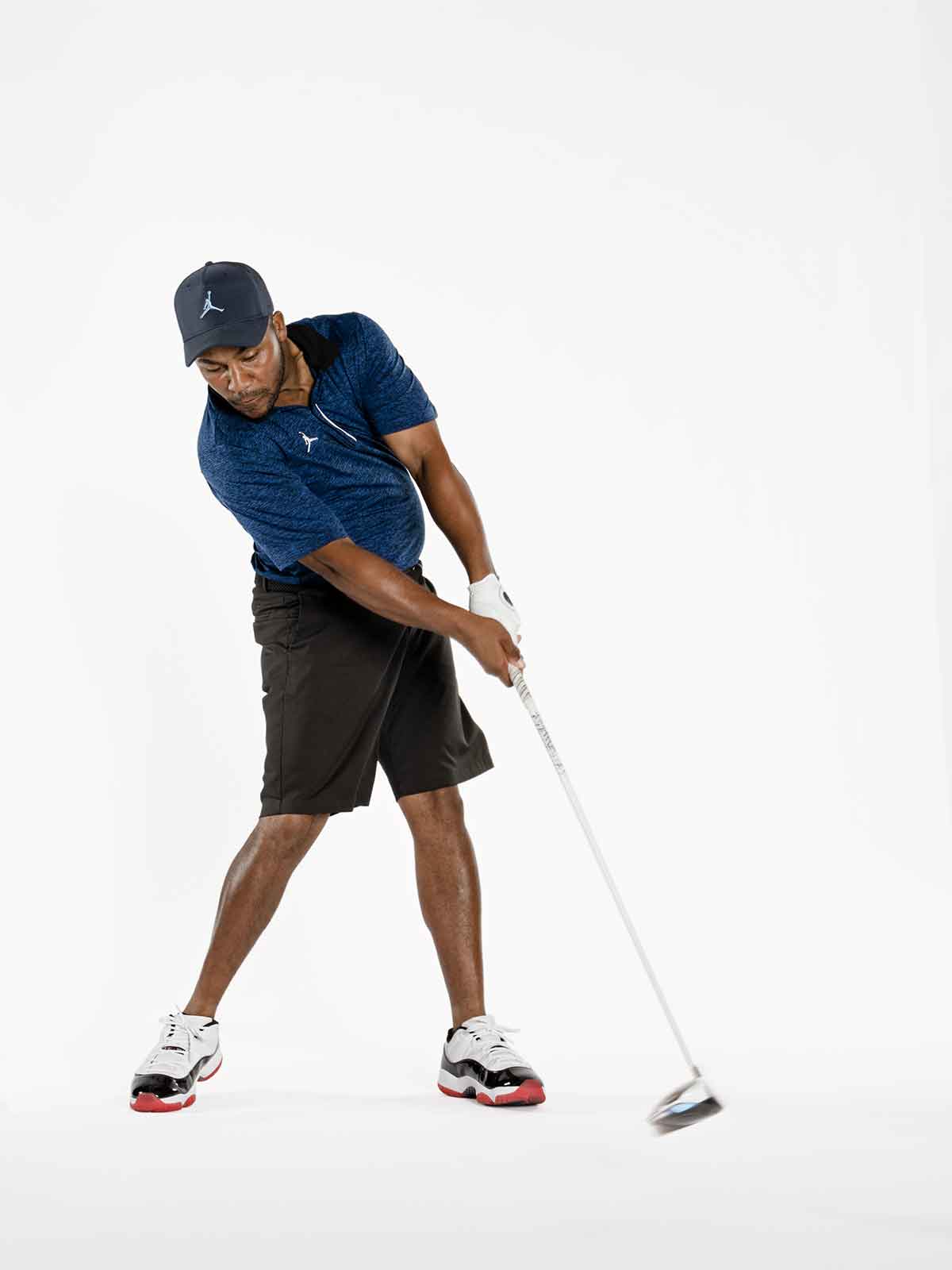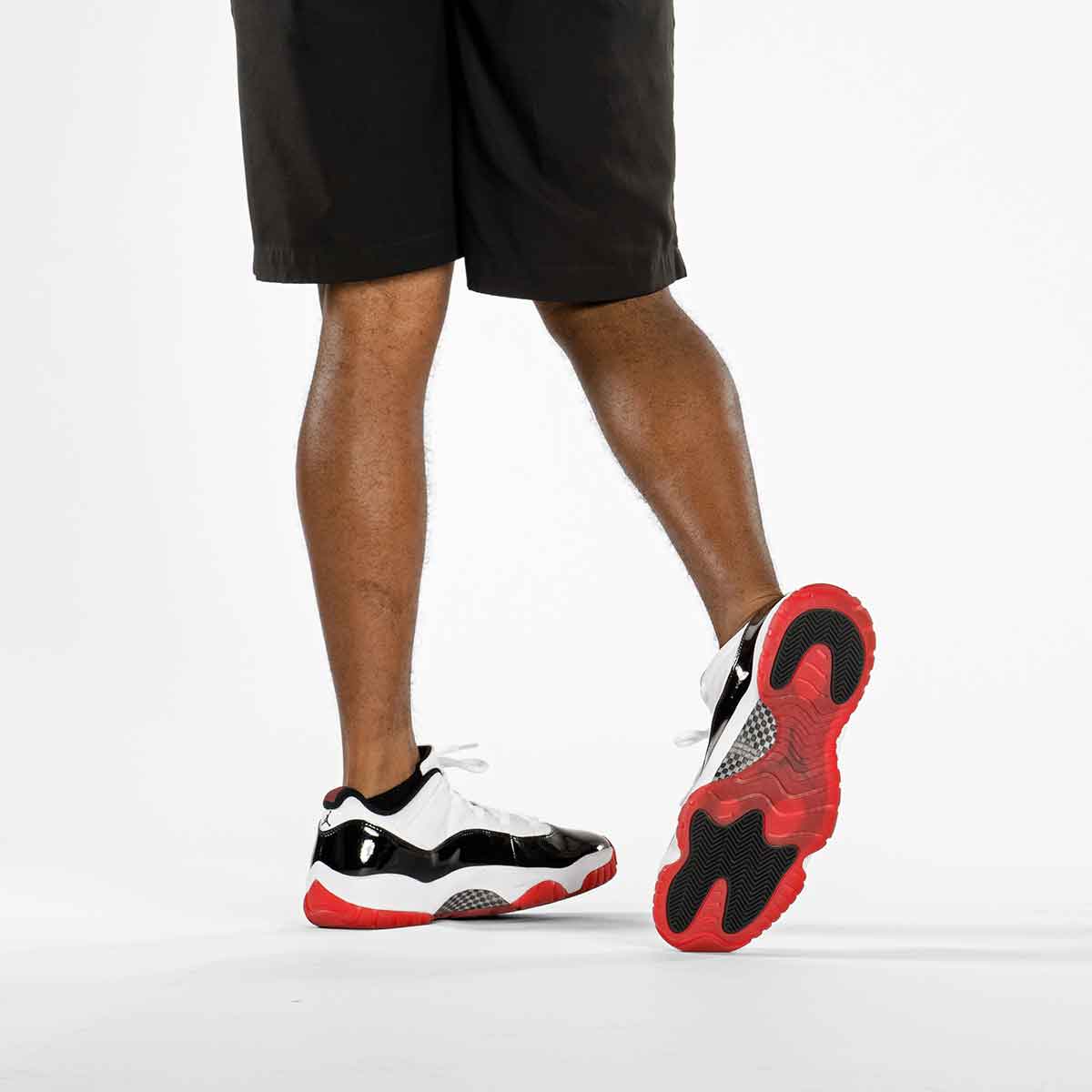If you want to know what I’m thinking about when I’m playing my best, the easiest way for me to answer is to tell you what I’m not thinking about – technique.
When I’m going good, I’m back to playing like I did when I was a kid. I decide where I want to hit the shot, get in my stance, and my last look is where I want the ball to start. Then I just do it – no swing thoughts. But to get to that place, my game has to be sharp. You have to get the mechanics right to be able to forget about the mechanics. For example, I’ve always been really good at putting the club on the back of the ball and hitting solid shots. But recently, when I started hitting the occasional stray shot that would go way right, it was hurting my driving – which has always been one of my strengths.
To fix it, I started working with coach (and former tour player from Australia) Bradley Hughes in February, and I’ve been able to clean up some of the things that had gotten me away from being able to set up and swing fast and free. Now, I’m a lot more stable during my backswing and from the top down to the ball, which means I can play to my strengths and freewheel it again. I never doubt myself. I never get down. And I’m not afraid to step up and hit the big shot. The only way you can get better is to keep putting yourself in position to win, and that’s what I’m planning on doing.
No matter what your swing looks like, you can get more distance off the tee with better balance and attention to how you turn back and through. I’ll show you how on the following pages. Your goal: pull the driver out of the bag, and go after it every time.

STABILISE YOUR BODY
▶ You’ve heard lots of coaches in lots of sports talk about the “ready position”, where your weight is on the balls of your feet. It matters in golf, too. I tended to start out with too much weight under my toes, and my legs too straight. Then I’d bend both of my legs on the way back and straighten them again as I swung down. This leg action often forced me to compensate with my hands and arms just to get the club back to the ball. Now, I have more knee flex at address, and I feel the pressure under the laces of my shoes [above]. With better balance and stability, you can swing a lot harder without losing control.

GET YOUR SHOULDERS MOVING
▶ Players sometimes focus on where the shaft is at the top of the swing as a measure of how much they’ve turned in the backswing. But if you don’t turn your shoulders much, and simply let your arms fold and take the club way behind you, you’re making it harder to route the clubhead on the fastest path back to the ball. It’s a fake turn. You can make a full, powerful swing without it necessarily being a long swing if you turn your shoulders as far as they go and just end your arm swing there [above]. That’s what I do, and trust me, you can produce more speed that way, with the added benefit of more control over the clubface, leading to straighter drives.

UNWIND IN THE CORRECT SEQUENCE
▶ Just like you can fake the turn going back, you can fake the turn coming down. That’s what happens when you unwind in the wrong sequence and spin your chest out really fast from the top, which makes the club slow down and cut across the ball – a slice move. If you make that good backswing turn with your shoulders, you set things up so you can keep your upper body pretty much still until your hands drop near your waist. You’re holding off the rotation of your chest for a beat. Then it’s time to let your shoulders follow the unwinding of your hips. It should feel like you’re moving down towards the ball [above]. If you’re off-balance or spin your chest too soon, it will feel like the opposite – that you’re moving away from the ball down near impact.

KEEP THE CLUB MOVING
▶ Although I’m 5-foot-9, 170 pounds (175 centimetres, 77 kilograms), my clubhead is moving 116 miles per hour through the impact zone, which is above average on the PGA Tour. If you watch me swing, you won’t see a lot of violent movement, like I’m trying to do something extreme to produce that speed. Having a stable base helps. It gives me something to unwind on top of – and against – to make the clubhead move fast without me being one of the bigger guys on tour. But the real key is swinging through the ball – not at it. When I’m playing well, it feels like nothing is getting in the way on the downswing. My hips turn, making room for my chest to turn, which lets me swing the club through. That’s how I get after it.
 MY FOOT DRAG
MY FOOT DRAG
▶ People ask me why I drag my trail foot as I finish my swing. My answer? It just happens. You might have something unusual in your swing, but if it doesn’t hurt your shots, leave it alone.




